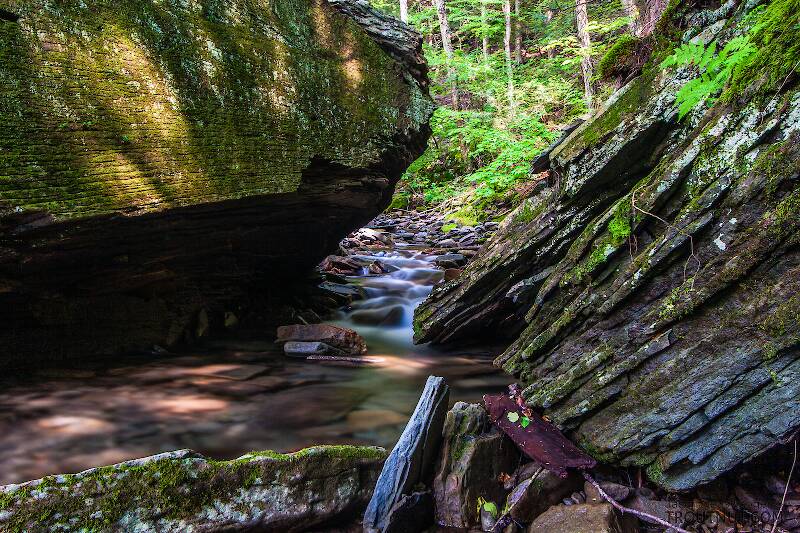
Blue-winged Olives
Baetis
Tiny Baetis mayflies are perhaps the most commonly encountered and imitated by anglers on all American trout streams due to their great abundance, widespread distribution, and trout-friendly emergence habits.


Specific collection sites for Limnephilus submonilifer
Specific collection sites for Limnephilus submonilifer
The specific collection location data from this map were pulled from the Global Biodiversity Information Facility (GBIF) website under the Creative Commons license. Data there come from a variety of sources, some of which are populated by hobbyists. Both the precision of the location and accuracy of the identification could be low. This map is not an authoritative scientific source, nor an exhaustive list of everwhere this taxon is found, but it should be good enough for anglers. Click each marker on the map for more information about that report, including a link to more details on GBIF.

